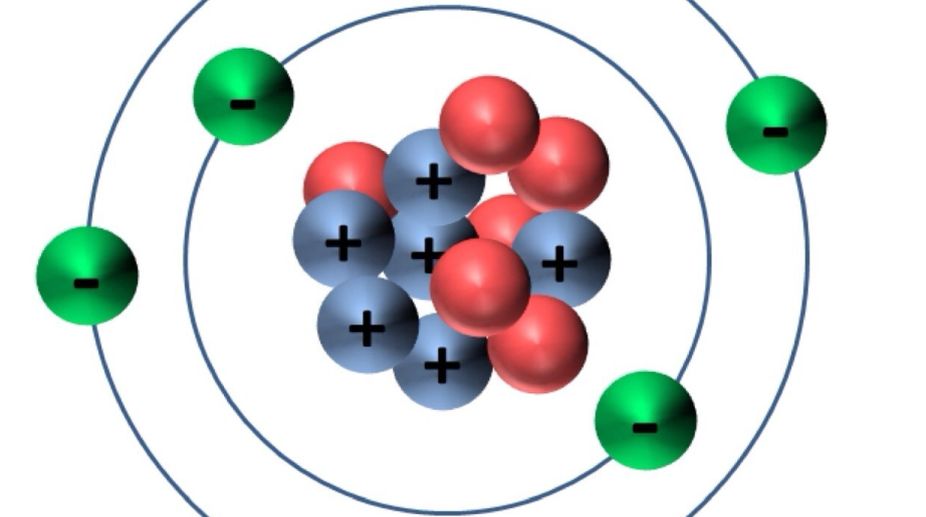The chemistry of cells is essentially the chemistry of carbon-containing compounds because the carbon atom has several unique properties that make it especially suitable as the backbone of biologically important molecules. To study cellular molecules really means to study carbon-containing compounds. Almost without exception, molecules of importance to the cell biologist have a backbone, or skeleton, of carbon atoms linked together covalently.
Actually, the study of carbon-containing compounds is the domain of organic chemistry. In its early days, organic chemistry was almost synonymous with biological chemistry because most of the carboncontaining compounds that chemists first investigated were obtained from biological sources (hence the word organic, acknowledging the organismal origins of the compounds).
Advertisement
The terms have long since gone their separate ways, however, because organic chemists have now synthesised an incredible variety of carbon-containing compounds that do not occur naturally (that is, not in the biological world). Organic chemistry therefore includes all classes of carbon-containing compounds, whereas biological chemistry (biochemistry for short) deals specifically with the chemistry of living systems and is, as we have already seen, one of the several historical strands that form an integral part of modern cell biology.
The carbon atom is the most important in biological molecules. The diversity and stability of carbon-containing compounds are due to specific properties of the carbon atom and especially to the nature of the interactions of carbon atoms with one another as well as with a limited number of other elements found in molecules of biological importance.
The single most fundamental property of the carbon atom is its valence of four, which means that the outermost electron orbital of the atom lacks four of the eight electrons needed to fill it completely. Since a complete outer orbital is required for the most stable chemical state of an atom, carbon atoms tend to associate with one another or with other electrondeficient atoms, allowing adjacent atoms to share a pair of electrons. For each such pair, one electron comes from each of the atoms. Atoms that share each other’s electrons in this way are said to be joined together by a covalent bond. Carbon atoms are most likely to form covalent bonds with one another and with atoms of oxygen, hydrogen, nitrogen, and sulphur.
The electronic configurations of several of these atoms are such that in each case, one or more electrons are required to complete the outer orbital. The number of “missing” electrons corresponds in each case to the valence of the atom, which indicates, in turn, the number of covalent bonds the atom can form. Carbon, oxygen, hydrogen, and nitrogen are the lightest elements that form covalent bonds by sharing electron pairs. This lightness, or low atomic weight, makes the resulting compounds especially stable, because the strength of a covalent bond is inversely proportional to the atomic weights of the elements involved in the bond.
Because four electrons are required to fill the outer orbital of carbon, stable organic compounds have four covalent bonds for every carbon atom. Methane, ethanol, and methylamine are simple examples of such compounds, containing only single bonds between atoms. Sometimes, two or even three pairs of electrons can be shared by two atoms, giving rise to double bonds or triple bonds. Ethylene and carbon dioxide are examples of doublebonded compounds. Triple bonds are found in molecular nitrogen and hydrogen cyanide. Thus, both its valence and its low atomic weight confer on carbon unique properties that account for the diversity and stability of carbon-containing compounds and give it a preeminent role in biological molecules.
The writer is associate professor, head, department of botany, ananda mohan college, kolkata, and also fellow, botanical society of bengal, and can be contacted at tapanmaitra59@yahoo.co.in











